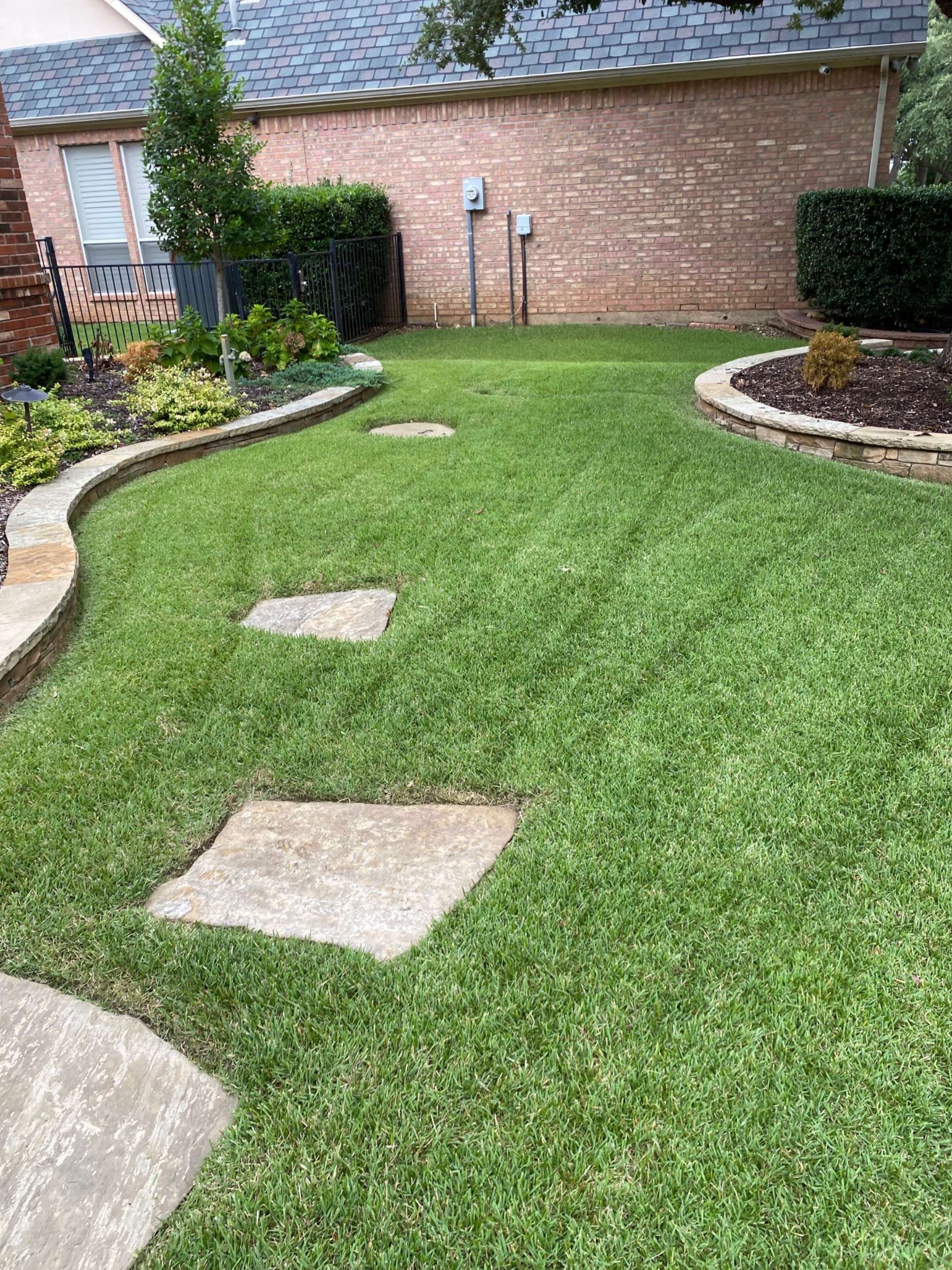Your Guide on How to Help New Grass Grow
Your Guide on How to Help New Grass Grow
When you step out of your front door, you should be met with a luscious, green lawn – not those brown patches that are currently taking over your yard. They look even worse when you compare them to your neighbor’s beautiful grass.
The good news is that you don’t have to sit idly by. Some homeowners toy with the grass vs. turf debate, but if you want to stay natural, there’s still hope.
Our guide on how to grow new grass will have your lawn looking better than ever – perhaps even the best in the neighborhood! Read on for expert advice.
Need Help With Your New Grass? Contact Us Today
These tips should be more than enough to help you with your new grass. By prepping the site and taking care of it, it’ll sprout in no time.
If you find yourself needing professional help, contact us today ! The Terra Turf team is eager to assist with all of your lawn care needs.
Take Out Old Sod
Your first step should be to take out old sod. This way, the dying patches won’t compete with the new seeds for nutrients and water.
While you’re at it, you should also remove weeds, rocks, and anything else that is taking up valuable growing space.
Prep the Soil
With the old sod gone, it’s time to prep the soil. Loosen compact parts and fill in empty parts with high-quality soil.
Then, smooth everything with a rake. Ensure you don’t compact the soil too tightly.
Choose the Right Seed
At the first signs you need new grass, you should look for the right seeds. Choosing the wrong kind will make it impossible for your lawn to prosper.
Residents in northern states should opt for cool-season grass. In Southern states, however, you’ll be better off with warm-season grass like:
- Centipede
- Bermuda
- Zoysia
- Buffalograss
- Bahiagrass
These species are resistant to hot, humid climates, making them ideal for your Southern lawn.
Plant the Seeds
Planting seeds by hand is fine if you’re working with a small area. But if you’re doing the whole lawn, you should get a seeder.
This device makes the planting process more precise. Plus, it lets you fertilize simultaneously.
Water
You don’t want all of your hard work thus far to be for nothing. So, you’ll need to stay on top of watering.
You should water your new seeds at least once a day, though they may require more frequent watering. Ensure that the top 1/2-inch layer of soil remains moist.
Guard Your Lawn
You don’t have to set up a moat around your new lawn. But, you should do everything you can to protect it from pets and foot traffic.
Mow With Caution
After all the effort you put into new your new grass, you might hesitate to mow it. But mowing new grass will keep it manageable and looking great.
Wait until the blades are at least 3 inches tall, and adjust your mower to a higher setting. Cutting more than one-third of the blade may lead to weeds.
The post Your Guide on How to Help New Grass Grow appeared first on TerraTurf.










